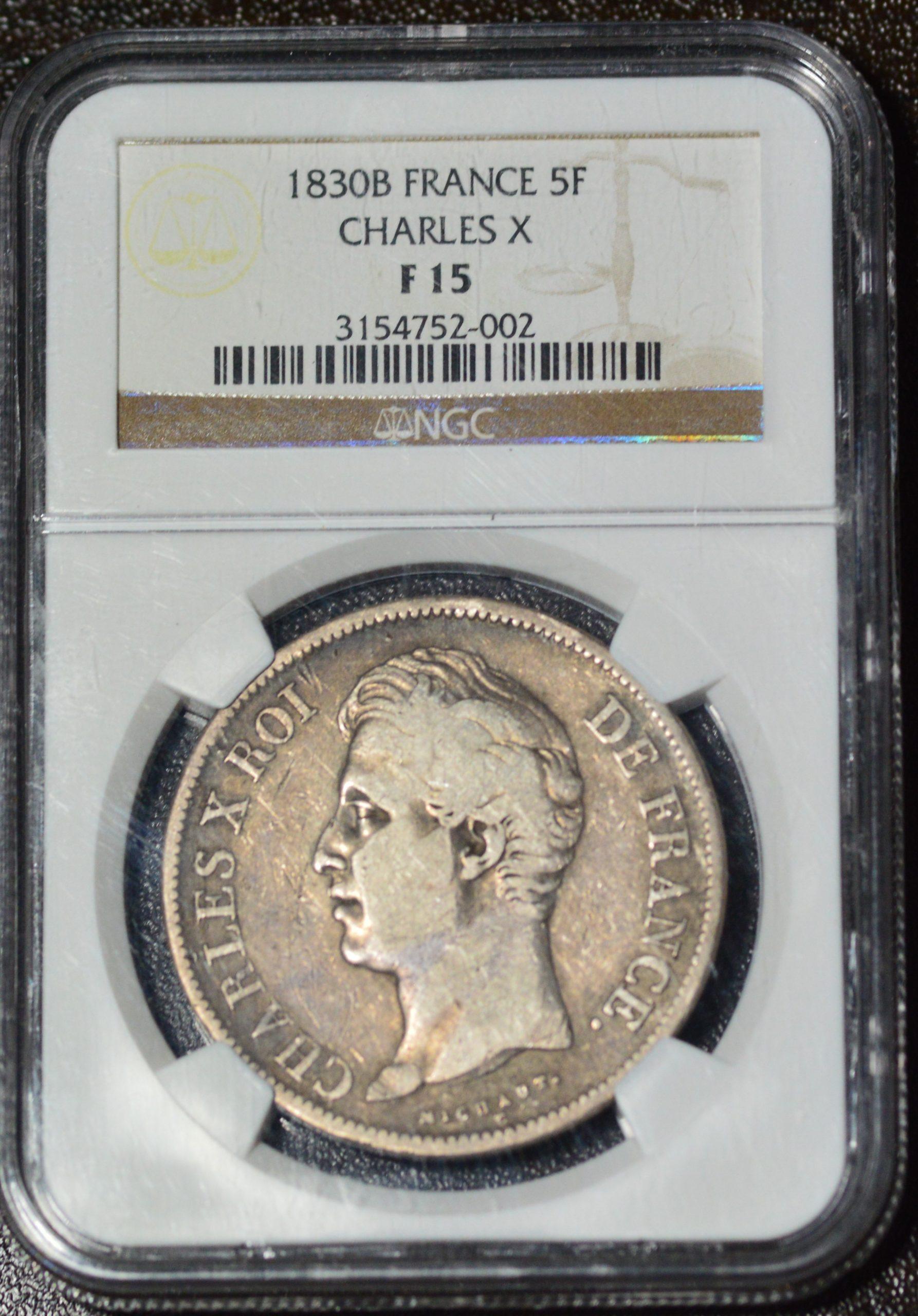A Study on the 1830 5 Francs Coin of Charles X of France: A Numismatic Analysis

Stamping the currency not only had a function in terms of creating economic value but also had a function related to announcing what was wished to be made legitimate or official by the higher authorities to the lower sections of society, as historical evidence suggests. As long as the coinage continued to be produced for the purpose of being used in daily financial transactions, information about the period of the coin, mints of the instrument, the authority that ordered the production, and fabrication features needed to be on the coin. The 5 francs 1830 type gold coin of Charles X of France is a subject of numismatic science. The coin is on the obverse: Charles X head diademed right, and reverse: crown above value.
Background of Charles X of France
Charles X of France, who reigned from 1824 to 1830, was the grandson of his direct predecessor, Louis XV, and the younger brother of Louis XVI and Louis XVIII. He was the last of the direct Bourbon line of French kings. He ascended to the throne after the death of Louis XVIII, who died childless. Charles X of France is a popular figure in terms of developing a numismatic collection. The coins and medals issued in the name of this sovereign bear profound significance for French numismatics. Coins and medals are the most popular artifacts in the field of antique studies because they were produced in large series and for daily usage; hence, they are objects that easily find their way into collections.
The coins produced in the name of Charles X of France reflect a profound period of transformation that the nation experienced following the French Revolution. The portrait of the person depicted on the coin is complemented with various visual elements to emphasize the scope and authority of the individual. These elements that were used in classical times are being reused to hypothetically establish a link with previous successful historical periods. These elements have a wide variety, stretching from the seating position of the king, his coronation portrait, general parades, the depiction of the ocean, etc. It is possible to find representations of these elements even on medals. These features can also be seen both in medals produced during the Bourbon Renaissance and in connections.
Importance of Numismatics in Historical Research
Numismatics is the study of various aspects related to coins. It mainly involves the description of coins, their symbolism, and their use, as well as the knowledge of the raw materials used for striking. It is primarily divided into two categories: Ancient Numismatics, which deals with money that existed in antiquity, and Modern Numismatics, which deals with money that was coined from the time of the kingdom to the present day. However, modern numismatics is not limited to the study and classification of coins according to different criteria. Connoisseurship is based on personal observation and recognition of many coins that are available today. In a way, the numismatist becomes a detective who questions history. Beyond this, numismatics, as a science, participates in historical research. Coins are indeed the first elements separating the ephemeral from the permanent in each civilization.
They act as the best markers of time and space and are often used as a reference. They are now a practical tool in historical and archaeological research; they help to date a site and determine the nature and importance of different activities at a given time. Their wealth can enable the reconstruction of part of the human environment and illustrate the techniques used in various fields. The monetary policies operated by the states allow for a study of the different currencies struck. Their succession, nature, and types of the pieces present the main indications of the political, social, and commercial conditions of the period concerned and often highlight the various aspects of the monetary reforms that have occurred. In this context, numismatics takes on a broader character and can be situated in a material context.







